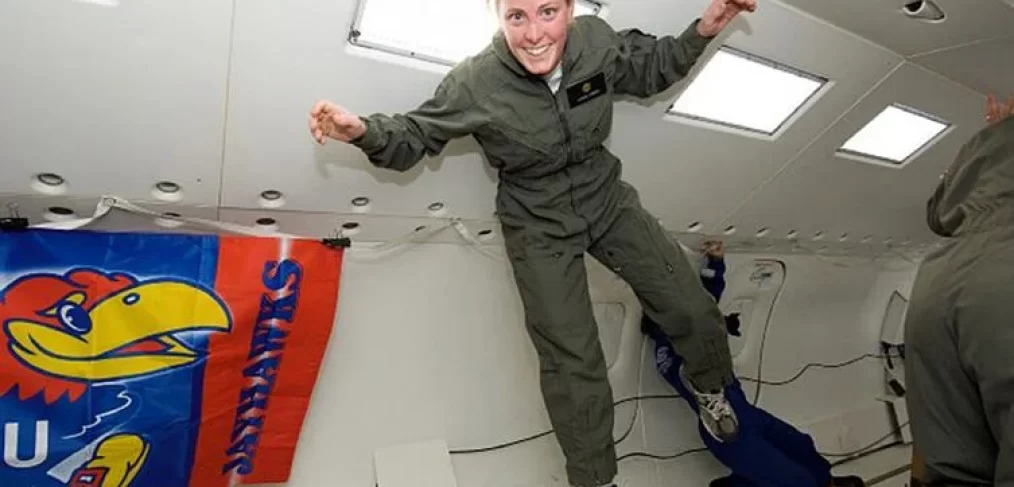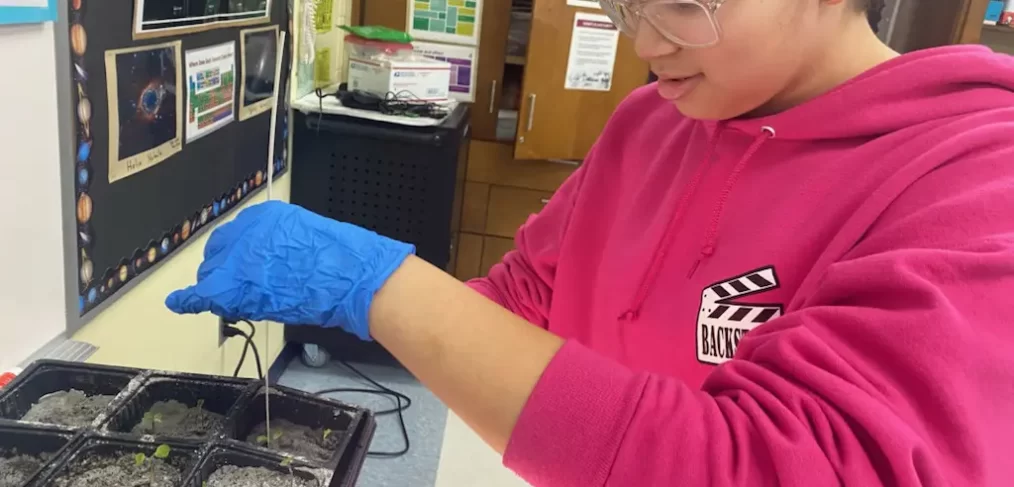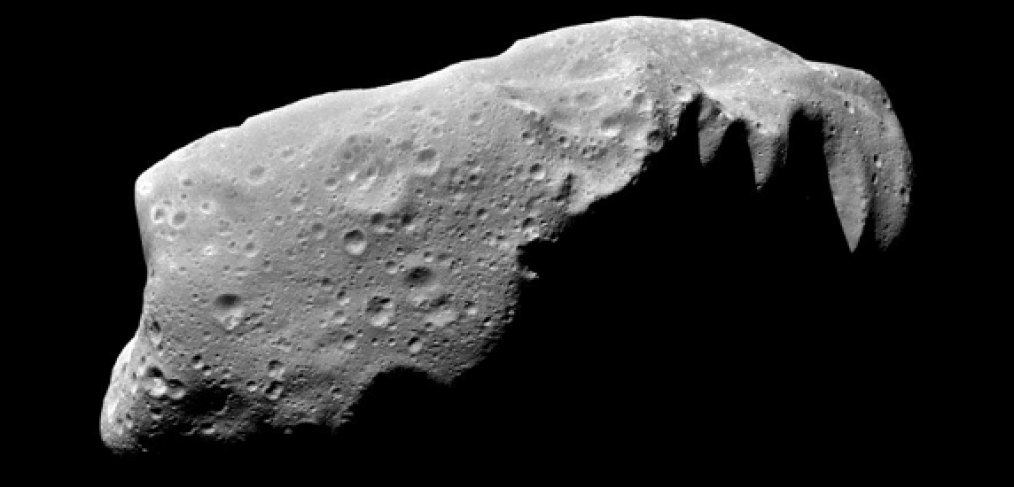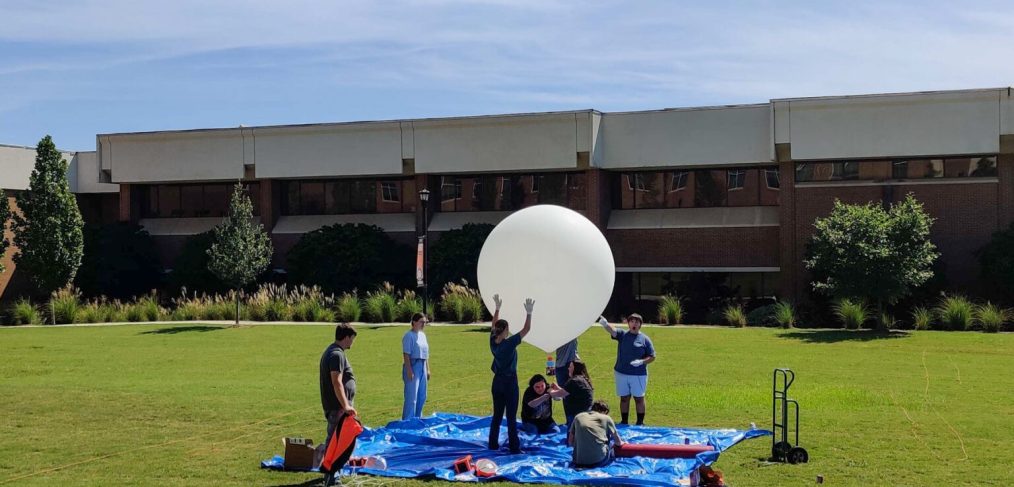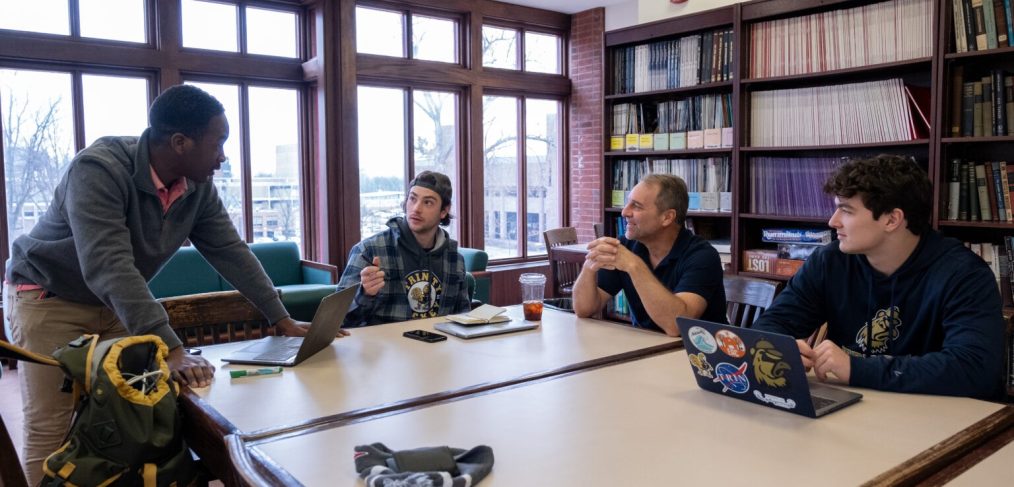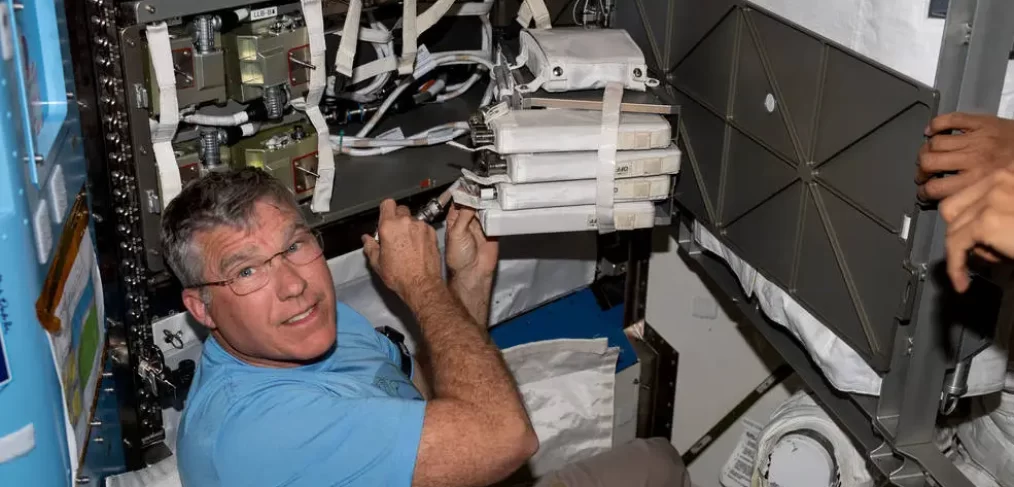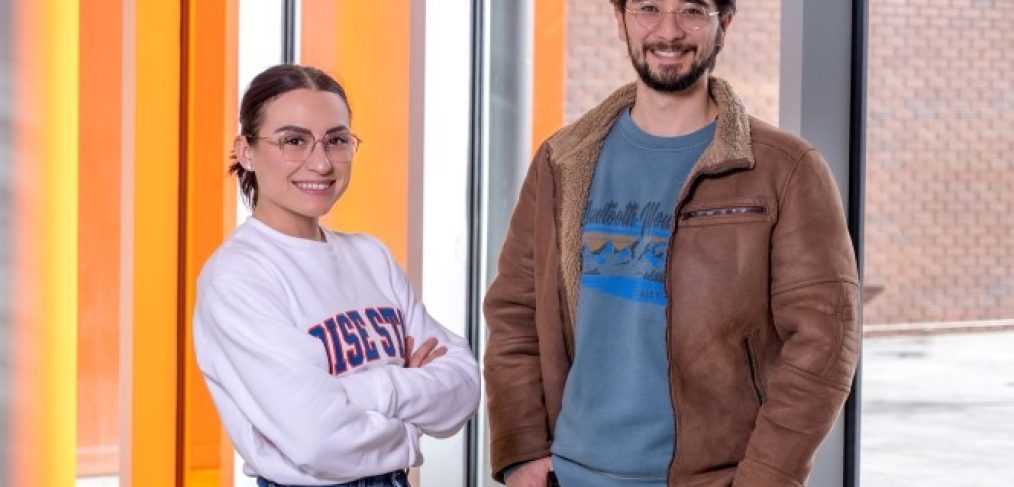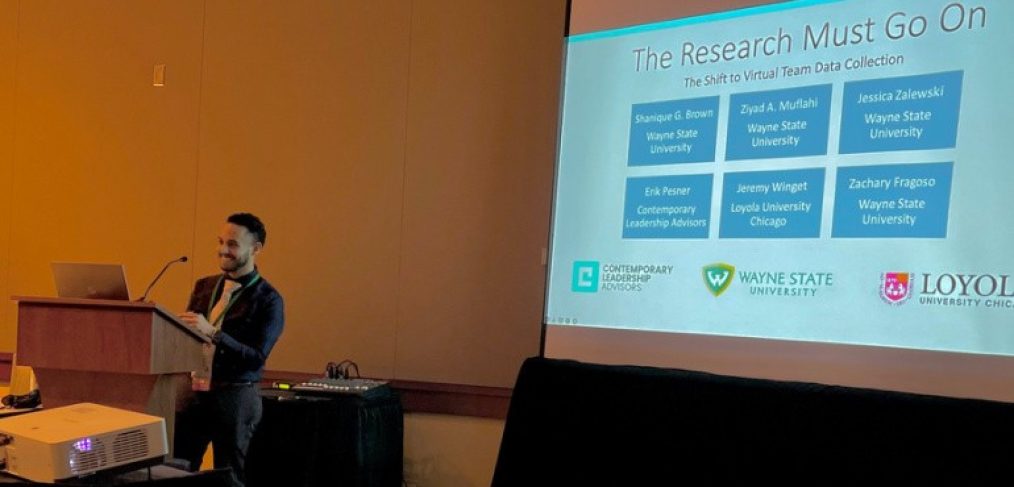KU Engineering alumna Loral O’Hara arrived at the International Space Station on Sept. 15, joining the crew of Expedition 69.The fourth Jayhawk astronaut and KU’s first woman astronaut, she graduated from NASA’s astronaut candidate program in 2017.
She will stay on the space station for six months, according to NASA.
Chair of Aerospace Engineering Richard Hale taught three of O’Hara’s classes during her time at KU.
“What stood out for her is her passion for being an astronaut because she said that was her goal as a freshman,” Hale said. “And she stuck to that goal, had a long term plan.”
Read the full article on The University Daily Kansan.
Author Credit:
Image Credit: NASA
